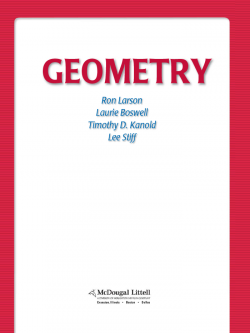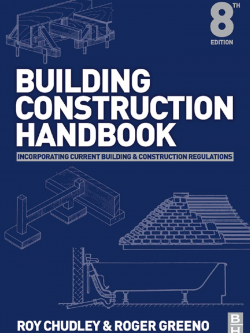Description
This book was developed from a set of masonry course notes used for many years in a semester-long, undergraduate and graduate course in masonry engineering at The University of Texas at Austin. It covers the design of masonry structures using the 2009 International Building Code, the 2008 Masonry Standards Joint Committee Code and Specification, and other documents referenced by those standards.
The book is intended for an undergraduate or a graduate course in masonry as part of a civil engineering or architectural engineering curriculum. It can also be used for self-study and continuing education by practicing engineers. It emphasizes the strength design of masonry, and also includes allowable-stress design. The first part of this book (Chaps. 1 and 2) begins, not with design calculations, but rather with a basic discussion of how box-type buildings behave, and how these buildings can be detailed and specified using masonry. The reason for this is that until the reader understands how the elements of a masonry building work together structurally, the design of those individual elements will not have a clear purpose. Many classes of masonry buildings require only the most rudimentary structural design, and the first part of this book is intended to show how to specify and detail such buildings correctly.
The next part of this book (Chaps. 3 and 4) shows where our structural design provisions for masonry come from—the relationship between the masonry design provisions developed by the Masonry Standards Joint Committee, loading and overall design documents such as ASCE 7, material specifications such as those of ASTM, and model codes such as the International Building Code. In particular, it discusses how different types and configurations of masonry elements are addressed by that code framework. It also gives detailed examples of the derivation of design wind and seismic loads according to the 2009 International Building Code, and provides summaries of the steps involved in the design of masonry elements by the strength approach and the allowable-stress approach.





